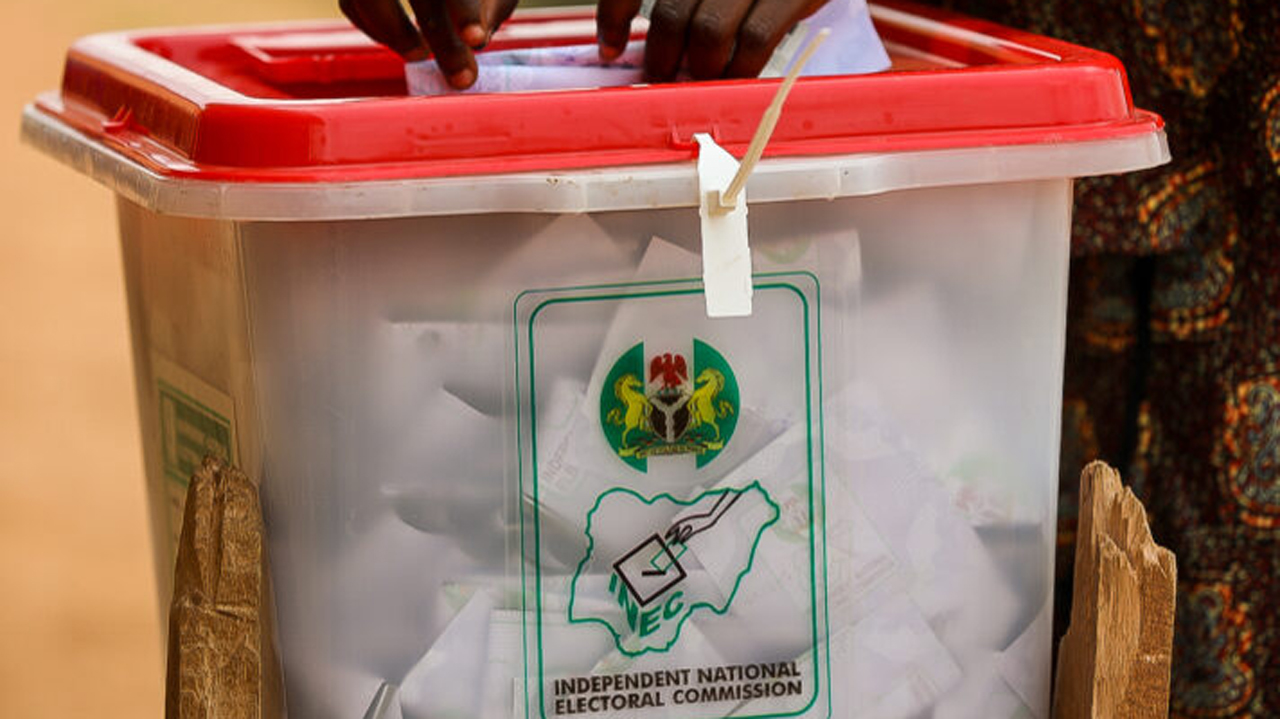
At least two more boats carrying hundreds of Rohingya refugees set sail from Bangladesh this week, refugees and a monitoring group said, the latest in a wave of migrations that has seen more than 1,000 asylum seekers arrive on Indonesian shores.
[ad]
Bangladesh is home to around one million Rohingya refugees, most of whom fled a violent 2017 crackdown by the Myanmar military that is now subject to a United Nations genocide probe.
Conditions for Rohingya refugees in the overcrowded, dangerous and under-resourced relief camps in Bangladesh are tough.
Mohammad Ullah, 26, a registered Rohingya refugee in the Nayapara camp in Cox’s Bazaar, said his former mother-in-law — who had been looking after his four-year-old daughter after his wife died — had taken the child with her on a boat to Indonesia.
“She took my daughter saying that she was taking her to the beach — and then did not return her,” the distraught Mohammad Ullah told AFP.
“When I went to ask where she was, I found out she took my daughter with her family to take on a boat towards Indonesia on 21st of this month.”
He said Rohingya people saw Indonesia as a safe place, because they “easily resettle the refugees”.
Two other Rohingya refugees confirmed the departure of two boats, as did the director of rights group the Arakan Project.
The mostly Muslim Rohingya are still persecuted in Myanmar, and thousands risk their lives each year on long and expensive sea journeys, often in flimsy boats, to try to reach Malaysia or Indonesia.
[ad]
– Skilled smugglers –
Another Rohingya man in Bangladesh, speaking on condition of anonymity, said the route was run by organised smugglers skilled in being able to dodge naval patrols.
“Brokers take the Rohingya refugees in small boats going between the maritime boundaries of Bangladesh and Myanmar,” he said.
“Then they take the refugees to larger vessels far out to the sea”.
This month has seen a spike in journeys to Indonesia’s westernmost province of Aceh — a journey of about 1,800 kilometres (1,120 miles) — with more than 1,000 arrivals in the biggest such wave since the 2017 crackdown in Myanmar.
“Two boats left, one in the night of 20th to 21st, and one on the night of 21st to 22nd,” said Chris Lewa, director of Rohingya rights organisation the Arakan Project.
“We are sure two boats are on the way. They should arrive in eight days.”
The first one was carrying around 200 people while the second was holding up to 150 people, both likely with the aim of reaching Indonesia by next week, she said.
[ad]


















